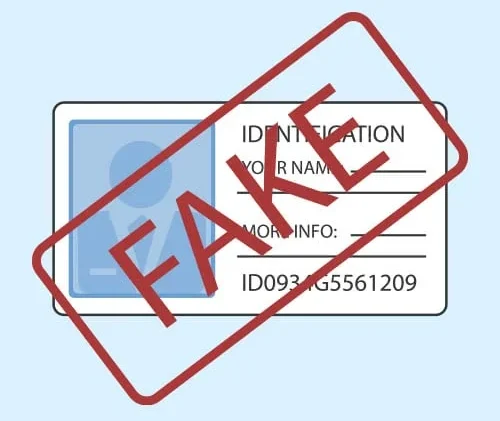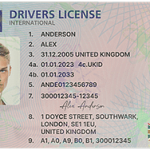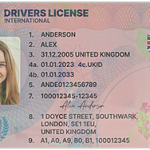In an era where identification is crucial for a wide – range of activities, from accessing services to legal age – related transactions, the prevention of fake ID cards has become a pressing concern. As technology continues to evolve, so do the methods employed by fraudsters to create and use counterfeit identification documents. Understanding the future of fake ID card prevention is essential for maintaining security and integrity in various sectors.
Current State of Fake ID Card Issues
Currently, fake ID cards are a significant problem in many countries. They are used for illegal activities such as under – age drinking, identity theft, and accessing restricted areas. The sophistication of counterfeiting techniques has increased exponentially. Fraudsters are using high – quality printers, scanners, and even 3D printing technology to replicate ID cards with astonishing accuracy. For example, some fake IDs can have holograms and other security features that are difficult to distinguish from the real ones at first glance.
Moreover, the black market for fake ID cards is thriving. There are numerous websites and underground networks that offer to create and sell fake IDs. These operations are often difficult to trace and shut down, as they operate in the digital realm with a high level of anonymity.
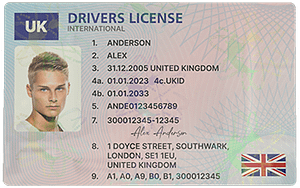
Technological Advancements in Fake ID Card Detection
One of the key areas in the future of fake ID card prevention is the development of advanced detection technologies. Biometric identification is emerging as a powerful tool. Fingerprint, facial recognition, and iris – scanning technologies are becoming more accessible and accurate. For instance, many smartphones already use fingerprint or facial recognition for unlocking, and these technologies can be integrated into ID card verification systems. Biometric features are unique to each individual, making it extremely difficult for fraudsters to replicate.
Another promising technology is blockchain. Blockchain can be used to create a decentralized and tamper – proof database for ID card information. When an ID card is issued, its details are recorded on the blockchain. Any attempt to modify or counterfeit the ID card would be immediately detectable, as it would disrupt the blockchain’s integrity. This technology can also enhance the security of the verification process, as it allows for real – time verification of ID card authenticity without the need for a central authority.
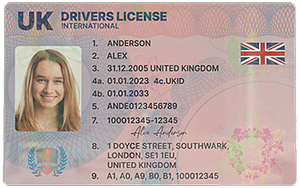
Optical Character Recognition (OCR) technology is also set to play a significant role. OCR can be used to quickly and accurately read the text on ID cards. By comparing the OCR – read text with the stored information in a secure database, discrepancies can be easily identified. This technology can be integrated into automated ID card verification kiosks, making the verification process faster and more efficient.
Enhanced Security Features on ID Cards
In the future, ID cards themselves will likely incorporate more advanced security features. Microprinting, which involves printing text or images that are only visible under magnification, can be used. This makes it difficult for fraudsters to replicate the ID card accurately, as the microprinted details are not easily reproduced. Additionally, the use of advanced inks, such as UV – reactive inks, can add an extra layer of security. These inks are invisible under normal light but become visible under ultraviolet light, providing a simple yet effective way to verify the authenticity of an ID card.
Embedded chips are also expected to become more common. Smart cards with integrated circuits can store a large amount of information, including biometric data and digital signatures. This not only enhances the security of the ID card but also allows for more advanced verification processes. For example, a smart card can be used for two – factor authentication, where the card itself is one factor and a PIN or biometric authentication is the second factor.
Legal and Regulatory Measures
Future fake ID card prevention will also rely on strong legal and regulatory measures. Governments need to enact and enforce strict laws against the creation, sale, and use of fake ID cards. Penalties for those involved in counterfeiting activities should be severe enough to act as a deterrent. For example, in some countries, the penalties for manufacturing and distributing fake ID cards include significant fines and long – term imprisonment.
Regulatory bodies should also play a more active role in monitoring the ID card industry. They can set standards for ID card security features and ensure that ID card issuers comply with these standards. Additionally, international cooperation is essential, as fake ID card operations often cross borders. Countries need to share information and collaborate on investigations to effectively combat this global problem.
Education and Awareness
Educating the public about the dangers of fake ID cards is an important aspect of prevention. Schools, universities, and community organizations can play a role in raising awareness. For example, they can conduct workshops on identity theft and the legal consequences of using fake ID cards. Retailers and service providers also need to be educated on how to detect fake ID cards. Training programs can be developed to teach employees how to recognize common signs of a counterfeit ID, such as incorrect formatting, low – quality printing, or missing security features.
Common Problems and Solutions
- Problem: Difficulty in Detecting High – Quality Fakes
Solution: Invest in advanced detection technologies such as biometric scanners, blockchain – based verification systems, and high – resolution imaging devices. Train verification personnel on the latest counterfeiting techniques and how to use these technologies effectively. For example, biometric scanners can quickly and accurately determine if the person presenting the ID card is the actual cardholder, even if the ID card looks real on the surface. - Problem: Black Market Operations
Solution: Strengthen law enforcement efforts to target and shut down websites and underground networks involved in the sale of fake ID cards. Collaborate with international law enforcement agencies to track down the organizers and members of these operations. Additionally, use digital forensics techniques to trace the flow of money and information associated with the black market. For instance, blockchain analysis can be used to track the financial transactions related to fake ID card sales. - Problem: Lack of Standardization in ID Card Security
Solution: Regulatory bodies should establish and enforce strict standards for ID card security features. These standards should cover aspects such as the type of materials used, the printing techniques, and the inclusion of security features like holograms and microprinting. Regular audits can be conducted to ensure that ID card issuers are complying with these standards. - Problem: Resistance to New Technologies
Solution: Conduct public awareness campaigns to educate people about the benefits of new ID card prevention technologies. Provide incentives for businesses and organizations to adopt these technologies, such as tax breaks or subsidies. For example, offer tax incentives to retailers who invest in biometric ID card verification systems, which can help prevent under – age sales. - Problem: Inadequate Training for Verification Personnel
Solution: Develop comprehensive training programs for those involved in ID card verification. These programs should cover not only the technical aspects of detecting fake ID cards but also the legal and ethical considerations. Regular refresher courses can be provided to keep verification personnel updated on the latest counterfeiting trends and detection methods. - Problem: Cross – Border Fake ID Card Operations
Solution: Strengthen international cooperation through bilateral and multilateral agreements. Establish information – sharing mechanisms between countries to track the movement of fake ID cards and the individuals involved in their production and distribution. Joint law enforcement operations can be carried out to target cross – border criminal networks. - Problem: False Positives in Verification
Solution: Continuously improve the accuracy of verification technologies through research and development. Implement human – in – the – loop verification processes, where if a technology flags an ID card as potentially fake, a human operator can review it for a more accurate assessment. This can help reduce the number of false positives and ensure that legitimate ID cardholders are not inconvenienced.
